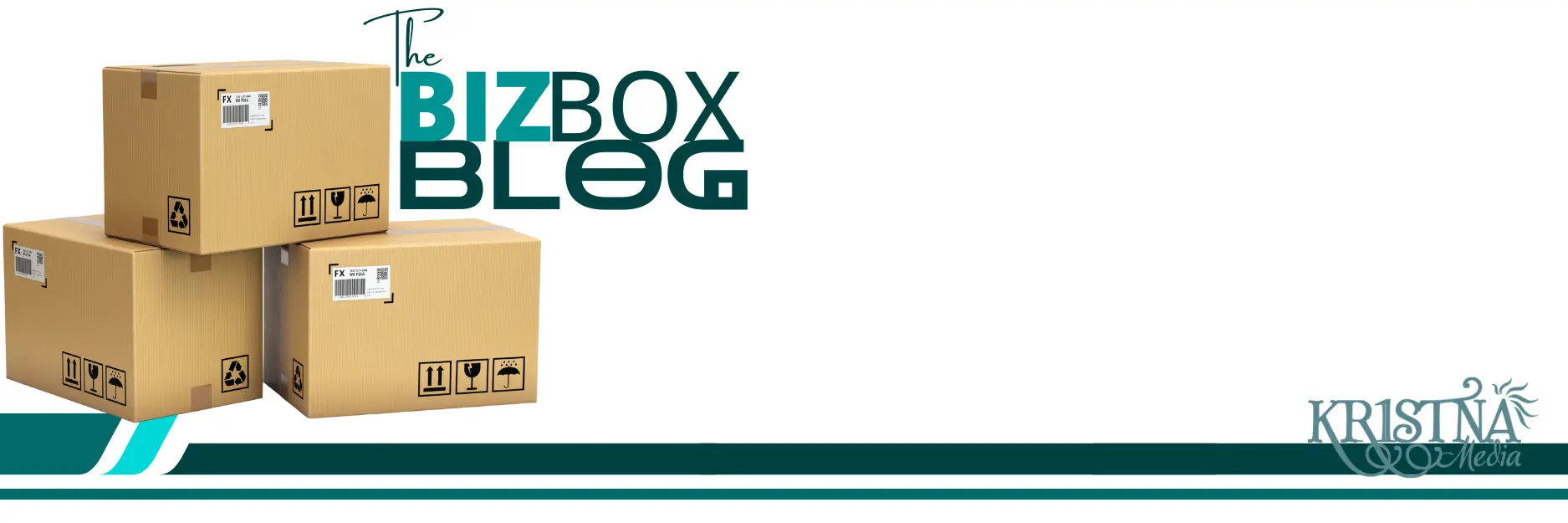In today’s digital landscape, consumers are more connected than ever, engaging with brands across multiple channels, from social media and email to podcasts and live events. However, each audience has its unique preferences, behaviors, and platform choices. To effectively engage and convert these diverse audiences, marketers must tailor their strategies based on persona, preferences, and platform usage. This approach ensures that your message resonates with the right people at the right time and place, increasing engagement, brand loyalty, and conversion rates.
This guide explores how to connect with different audiences across various channels by understanding their personas, likes, dislikes, and preferred platforms. We’ll dive deep into developing tailored content strategies, selecting the best platforms for each persona, and optimizing your campaigns to maximize reach and impact.
1. Understanding Audience Personas: The Foundation of Targeted Marketing
To effectively reach different audiences, you must first understand who they are. Audience personas are semi-fictional representations of your ideal customers based on data, research, and insights. They capture key demographic, psychographic, and behavioral characteristics, helping you tailor your marketing efforts to meet their specific needs.
- Demographic Data: Age, gender, location, job title, income level, education, etc.
- Psychographic Data: Interests, values, lifestyle, personality traits, and motivations.
- Behavioral Data: Online behavior, purchase history, engagement patterns, and preferred communication channels.
By developing detailed audience personas, you can create more personalized marketing strategies that align with their likes, dislikes, and platform preferences.
2. Mapping Audience Personas to the Right Channels
Once you have a clear understanding of your audience personas, the next step is to identify the best channels to reach each group. Here’s a breakdown of how to map personas to the right platforms:
- Identify Preferred Platforms: Analyze where each persona spends their time online. For example, Millennials and Gen Z are more likely to engage on platforms like Instagram, TikTok, and YouTube, while Gen X and Boomers may be more active on Facebook and LinkedIn.
- Understand Platform Behavior: Consider how each persona behaves on different platforms. For instance, while younger audiences may enjoy TikTok for entertainment and short-form content, they might use LinkedIn for professional networking and thought leadership.
- Analyze Content Preferences: Determine what type of content resonates most with each persona on each platform. For example, some may prefer educational blog posts on LinkedIn, while others might engage more with interactive Instagram Stories or TikTok videos.
By aligning your audience personas with the right platforms, you ensure that your message reaches them where they are most active and receptive.
3. Crafting Tailored Content for Each Persona
Now that you know where to reach your audience, it’s essential to create content that speaks directly to their needs, preferences, and behaviors. Here’s how to develop content tailored to different personas:
- Create Value-Based Content: Understand what each persona values most—whether it’s education, entertainment, inspiration, or social proof—and create content that delivers on those values. For example, a persona interested in self-improvement may appreciate blog articles or webinars, while a persona focused on fun and leisure may engage more with humorous videos or memes.
- Use Platform-Specific Formats: Each platform has unique content formats that perform best. For example, use short, catchy videos on TikTok, carousels or reels on Instagram, long-form articles on LinkedIn, and visually appealing graphics on Pinterest.
- Optimize Messaging for Persona Needs: Tailor your messaging to address the specific pain points, desires, and goals of each persona. For instance, a “Young Professional” persona might respond to content highlighting career growth tips, while a “Small Business Owner” persona may engage with content about optimizing operations or reducing costs.
4. Leveraging Social Media Platforms for Persona-Based Engagement
Each social media platform has unique strengths and characteristics, making them ideal for engaging specific audience personas:
- Facebook: Great for engaging a broad audience, particularly Gen X and Boomers. Use Facebook to share community-building content, customer stories, behind-the-scenes looks, and thought leadership articles. Leverage Facebook Groups to create a sense of community around shared interests.
- Instagram: Ideal for visually-driven personas, such as Millennials and Gen Z. Use Instagram Stories, Reels, and posts to share lifestyle content, influencer partnerships, user-generated content, and brand storytelling. Instagram is perfect for brand building, showcasing products, and engaging through interactive features like polls and Q&A sessions.
- LinkedIn: The go-to platform for professionals and B2B audiences. Use LinkedIn to share industry insights, thought leadership content, case studies, and product updates. LinkedIn is also excellent for personal branding, connecting with decision-makers, and nurturing professional relationships.
- TikTok: A fast-growing platform among Gen Z and younger Millennials. TikTok is ideal for short-form video content that entertains, educates, or inspires. Use trending challenges, sound bites, and influencer collaborations to create engaging content that resonates with this audience.
- Twitter: Best for real-time engagement and thought leadership. Use Twitter to participate in industry conversations, share news updates, promote blog content, and engage in trending topics. It’s ideal for personas interested in quick, digestible content and real-time communication.
- YouTube: Perfect for longer-form content such as tutorials, webinars, product demos, and educational videos. Use YouTube to build a library of valuable content that audiences can return to repeatedly, catering to personas interested in deep dives and comprehensive content.
5. Engaging Audiences on Non-Social Channels
While social media is powerful, there are other important channels for reaching your audience personas:
- Email Marketing: Highly effective for nurturing leads and maintaining relationships. Use segmentation to create tailored email campaigns for different personas, delivering personalized content, offers, and updates. For instance, a “Frequent Buyer” persona might receive exclusive discounts and early access to new products.
- Content Marketing: Blog posts, whitepapers, eBooks, and case studies can position your brand as a thought leader. Target different personas with content that addresses their unique challenges and interests. A “Marketing Manager” persona might appreciate case studies showing ROI, while a “Tech Enthusiast” might prefer detailed how-to guides.
- Podcasts: Great for reaching audiences who prefer audio content. Develop podcast episodes that cater to specific personas. For example, a podcast targeting entrepreneurs could cover topics like funding, scaling, and business strategy, while one aimed at HR professionals might discuss employee engagement and retention.
- Events and Webinars: Perfect for engaging more interactive or hands-on personas. Host webinars, workshops, or live Q&A sessions tailored to different personas’ interests. A “C-Suite Executive” persona might attend a thought leadership webinar, while a “Freelancer” persona could benefit from a skill-building workshop.
6. Using Data and Analytics to Refine Your Multi-Channel Strategy
Data and analytics are critical to understanding how different personas engage with your content across various channels. Use these insights to refine your multi-channel marketing strategy:
- Monitor Platform-Specific Metrics: Track key metrics for each platform, such as engagement rates, click-through rates, and conversion rates. Understand which channels are driving the most valuable traffic and engagement from each persona.
- Analyze Audience Behavior: Use analytics tools to gain insights into audience behavior across channels. For example, Google Analytics can show which blog posts are most popular with different personas, while social media analytics can reveal what types of content perform best.
- A/B Test Content and Formats: Test different versions of content and formats to see what resonates most with each persona. For example, test different subject lines, visuals, or CTAs in emails to determine what drives higher engagement rates.
- Adjust Based on Feedback: Regularly collect feedback from your audience through surveys, comments, and social listening. Use this feedback to adjust your content strategy, ensuring it aligns with the evolving needs and preferences of each persona.
7. Best Practices for Engaging Different Audiences Across Multiple Channels
To effectively connect with different audiences across multiple channels, follow these best practices:
- Consistency is Key: Ensure consistent messaging and branding across all channels to create a cohesive brand experience. While content should be tailored to each platform, it should always reflect your brand’s voice and values.
- Repurpose Content Strategically: Create cornerstone content that can be repurposed across multiple channels. For example, a webinar could be turned into a blog post, a series of social media posts, an infographic, and a podcast episode.
- Segment and Personalize: Use segmentation to deliver personalized content that speaks directly to the needs and interests of each persona. Personalized content is more likely to resonate and drive engagement.
- Stay Agile: Monitor performance data and be ready to adjust your strategy as needed. Audience preferences and behaviors can change, so it’s important to remain flexible and responsive.
Connect with Your Audience Where They Are
Reaching diverse audiences requires a nuanced approach that considers who they are, what they like, and where they spend their time. By understanding your audience personas and aligning your content strategy with their preferences and platform behaviors, you can create more impactful marketing campaigns that drive engagement, build brand loyalty, and increase conversions.

Ready to elevate your multi-channel marketing strategy? At KR1STNA Media, we specialize in helping businesses connect with their audiences in meaningful ways across all platforms. Contact us today to learn how we can help you reach the right people, at the right time, with the right message.


